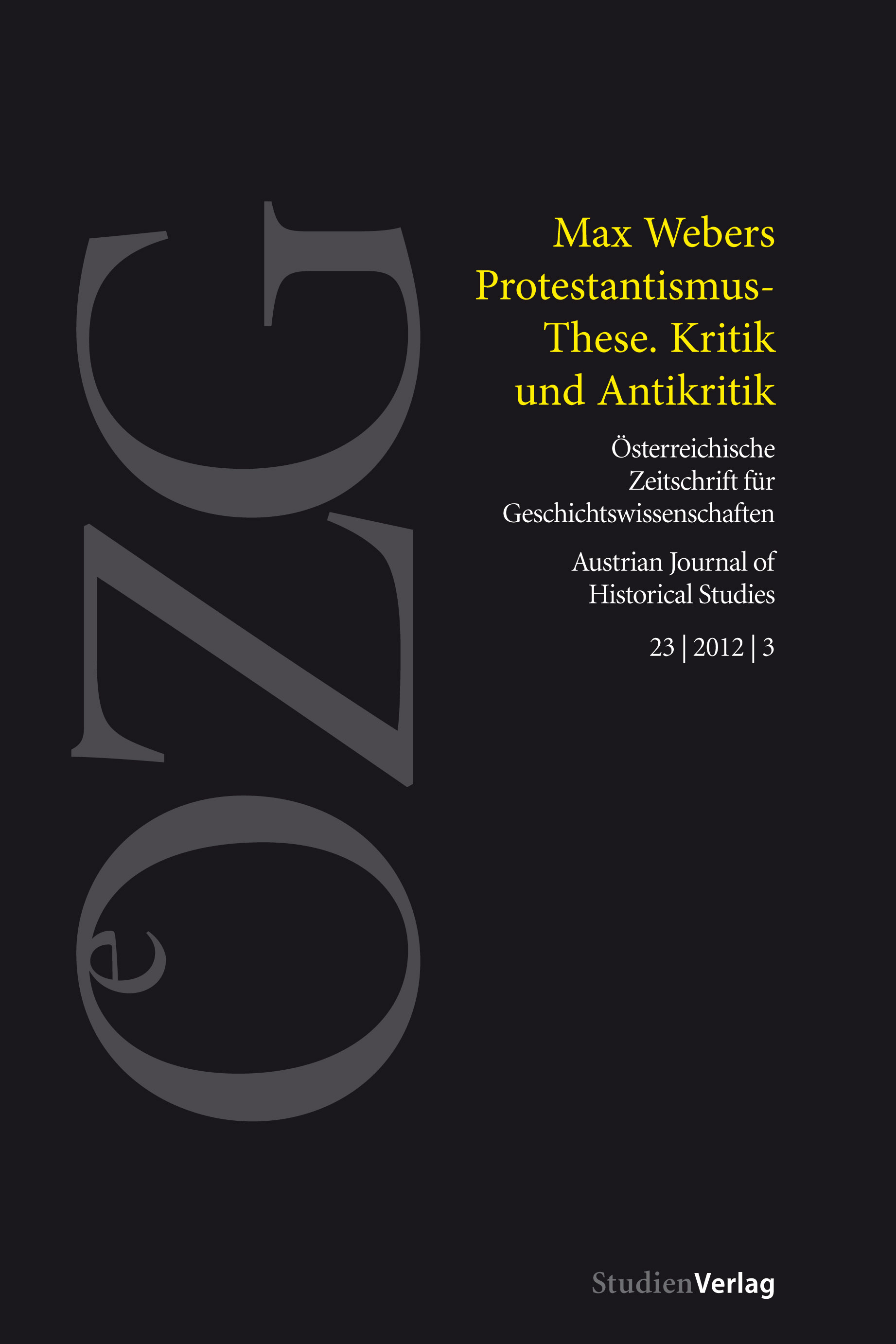Esteem in the sciences made visible: How bibliometry receives new impulse from social network analysis
DOI:
https://doi.org/10.25365/oezg-2012-23-3-10Keywords:
Esteem in sciences, history of eugenics, bibliometry, SNAAbstract
The article intends to show how a way of combining methods of social network analysis with methods of classical bibliometry meaningfully may be applied within historical studies. Going beyond bibliometry the argument is supported that a set of driving forces which build relationships among scientific actors via scientific activities might be subsumed in the pluri-dimensional term ‘esteem’ (Anerkennung) which should be distinguished from pure reputation.
The method of a historical reconstruction of scientific networks seems to be especially useful for representing esteem within the sciences and implementing it as a sort of “currency system“ or social capital in the sense of Pierre Bourdieu. The concept of network serves as an abstract model in this context. The history of eugenics is uses as an example for data collection, data processing, data visualization and data interpretation. Three textbooks (including translations) are selected for analysis, the German Erwin Baur, Eugen Fischer, Fritz Lenz, Grundriß der menschlichen Erblichkeitslehre und Rassenhygiene (1st ed. 1921); the US-American Charles Davenport, Heredity in Relation to Eugenics; and the Swedish Gunnar Dahlberg, Arv och Ras. The proposed approach shows not only differentiated picture of the structure of the reception of these works but also the shift of interest from a variety of fields of medical research to the history of sciences.


